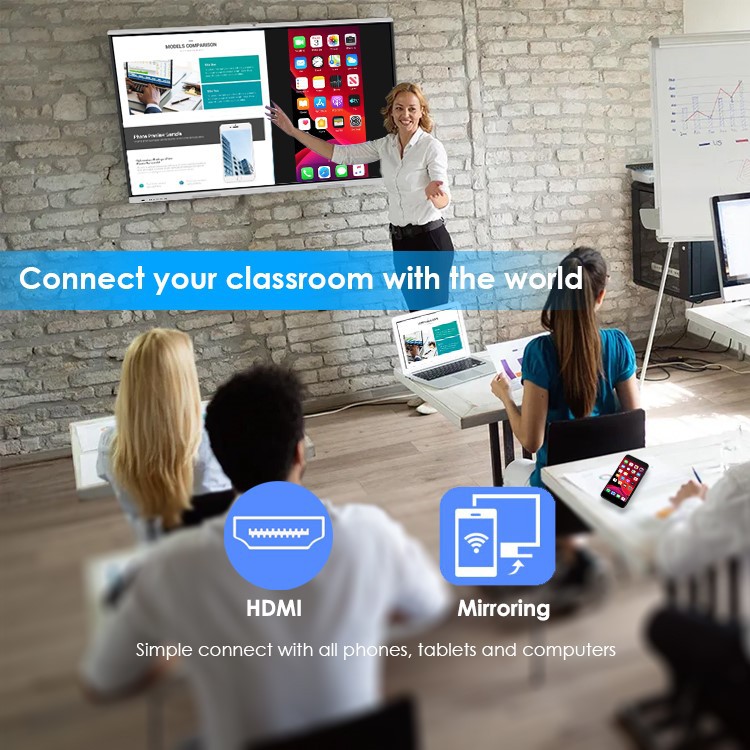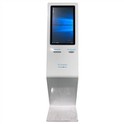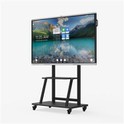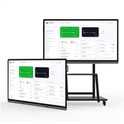Interactive Whiteboard: Enhancing Learning Experience
Interactive whiteboard is a powerful tool that revolutionizes the way teachers and students interact in the classroom. It is a digital display that allows users to control and manipulate data, images, and videos using touch-based technology. The following are the benefits and drawbacks of using interactive whiteboards:
Advantages:
1. Engaging and Interactive: Interactive whiteboards encourage greater student participation and interaction.
2. Multimodal integration: Interactive whiteboards can integrate multimedia and digital resources, creating a more engaging and interactive learning environment.
3. Digital Annotation: Teachers can annotate digital documents and save them for later use, ensuring that students stay engaged and focused throughout the lesson.
4. Ease of Use: Interactive whiteboards are easy to use and require minimal setup.
Disadvantages:
1. Cost: Interactive whiteboards can be expensive for schools and educational institutions to purchase and maintain.
2. Technical Issues: There may be technical difficulties during setup or software installation, which can be frustrating and time-consuming for teachers.
3. Limited mobility: The interactive whiteboard is stationary, which can limit the range of motion for both students and teachers.

Applications:
Interactive whiteboards have a wide range of applications, including:
1. Classroom teaching: Interactive whiteboards can be used in a broad range of subjects, from math and science to social studies and language arts.
2. Virtual learning: Interactive whiteboards can aid in online learning by enabling teachers to connect with students in real-time, share their screens, and assign interactive activities.
3. Distance learning: Interactive whiteboards can be used as a tool for remote education, facilitating collaboration between students in remote areas.
4. Business Presentations: Interactive whiteboards can be used for business presentations, brainstorming sessions, and training sessions.
Using interactive whiteboards in the classroom can enhance the learning experience for students in many ways. Teachers can make learning more engaging and interactive, and students can be more actively involved in the learning process. With proper use, interactive whiteboards can become indispensable tools in the classroom.
Related Industry Knowledge
- Get Ready for the Holographic Revol...
- DIY 100cm Hologram Fan – Make Your ...
- Experience the Magic of 100cm Holog...
- 100cm Anime 3D Hologram Fan: The Fu...
- How to DIY a 100cm 3D Hologram Fan ...
- The Incredible 3D Hologram Fan 3*3 ...
- The Futuristic LED Display Fan with...
- The Interactive Digital Senses Smar...
- Digital Advertising Screens: The Fu...
- Revolutionizing Advertising with 3D...
- The Seven Types of Floor Standing K...
- Everything You Need to Know About A...
- Floor Stand Kiosk – Your Essential ...
- The Interactive Flat Panel: More Th...
- Interactive Board: The Ultimate Vis...
- Face Mask Recycling Digital Signage...
- Auto Hand Sanitizer – The Ultimate ...
- Outdoor Digital Signage Kiosk
- What is a Hand Sanitizing Totem?
- The Rise of Smart Whiteboard: A Gam...










